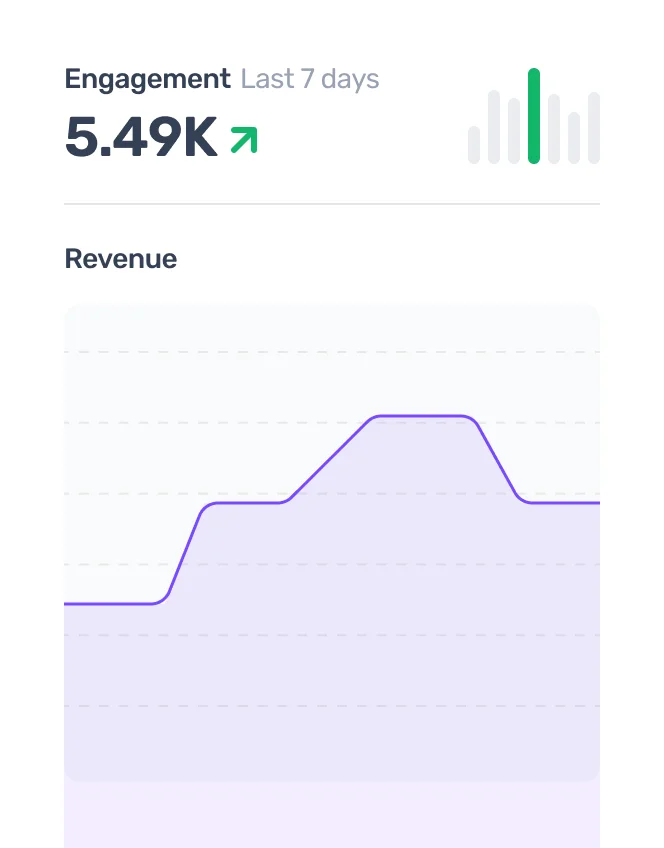👋 Hi, We are Digital Domination!
We fill your Sales Pipeline with Qualified Prospects!
Your first 30 Leads are on us!






Our Team
Our team of industry experts are passionate to help your OUTREACH succeed.

Reach out to your customers where they hang out on.
Years of experience
Satisfied clients
Successful campaigns
How can we help your business?
Our B2B sales strategy is optimal for the majority of industries if you have a proven product or service.
Email Outreach
Connecting you to your Ideal audience effortlessly without spending a dime on ads.

Linked*n Outreach
Connect, book appointments and grow with our effective Linked*n outreach!

AI Appointment Setting
Use our AI SMS Chatbot – AI Powered 24/7 effortless appointment setting.
Our Process
A systematic approach to Lead Generation

Ideal Client Profiling
We help you identify and understand your ideal clients and build a winning offer.
Strategy Development
We strategize the Outreach and build the infrastructure needed to scale.


Launch & Execution
We launch the campaigns and monitor it for response rates and number of appointments booked.
Optimization
We further optimize the campaign once we get a substantial amount of data for analysis.

What our clients say

Stacy Stubblefield
"Biswajit has been excellent to work with! He's extremely detail oriented and hard working and has helped our company immensely. He takes the time to deeply understand the projects he's working on and gives great feedback and advice on the projects. He's also extremely skilled and is an expert in his domain. Anyone would be lucky to work with Biswajit!"

Roshan Jonah
"You can't find a more skilful person to work with than Biswajit. He is a rare find, and we will continue working with him for a long time to come. He is fast, efficient, a great communicator, and most of all, gets the job done. If he doesn't find the answer, he will look up and educates himself to get the job done. Highly recommended."

Kat Milner
"Biswajit was an absolute godsend. I'd been struggling with my Google Workspace issue for over a month before I found him. He literally got it sorted out in less than 5 minutes. Will definitely use him again when needed."

Jeff Beilinson
"Biswajit is extremely talented and easy to work with. I will hire him again for sure!!"

Dabia Belote
"Biswajit did everything well. He setup my emailing system properly and it's working efficiently. He also did not milk the clock but did everything in a timely professional manner, I would call it a top of the line service at an affordable price. I would diffidently reorder with Biswajit again and again for his expertise and professionalism, and the most important of all, he gets the job done right! I would highly recommend his service to anyone."

Adam Simpson
“Biswajit is an expert at lead generation and cold email. I can highly recommend him and his team to anyone in need, thank you so much.”
Book a Discovery Call
Contact us using the below Options
FAQS
Frequently asked questions
We offer Outreach as a service using Emails, Linked*n and Text messaging.
We certainly use AI in moderation for our outreach. It’s always monitored by one of the assigned account managers so it doesn’t spit out B.S
Typically, 1-3 months is where you start seeing results.
We trend in between 3˜10% response rates.
We use a bunch of tools and platforms for lead generation. Depending on the type of niche you work with, we already should have a solution. Feel free to reach out and we will help answering that.
ABSOLUTELY! We offer a generous guarantee depending on our services where we work for free if we fail to meet the KPIs.





